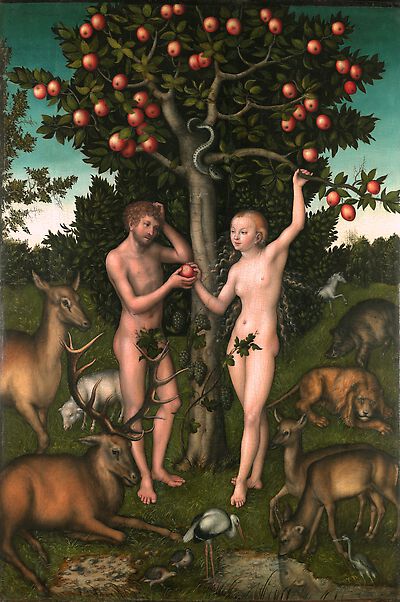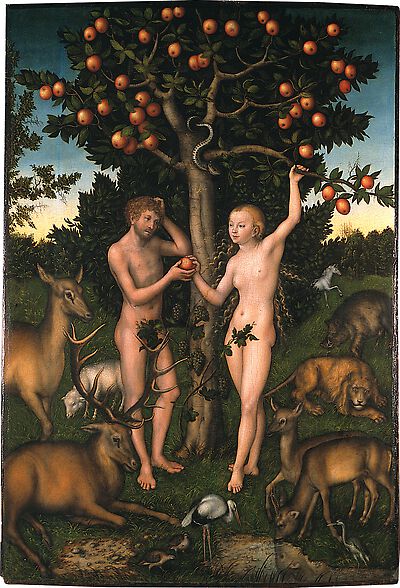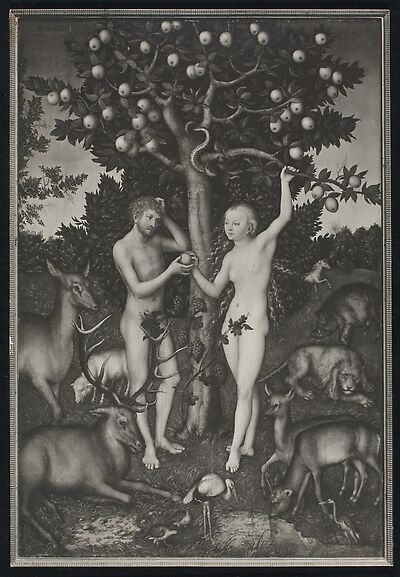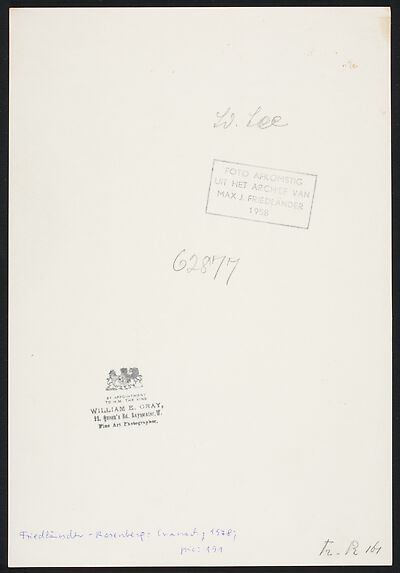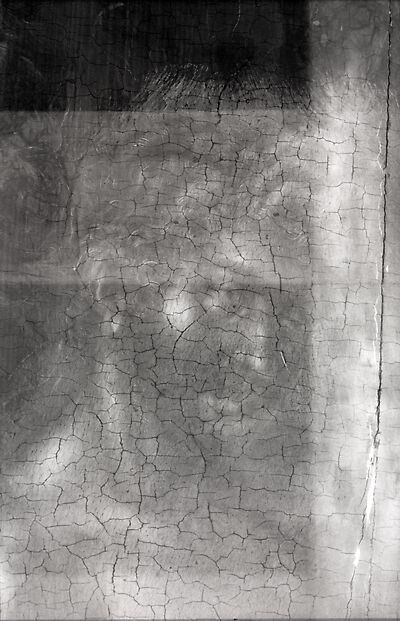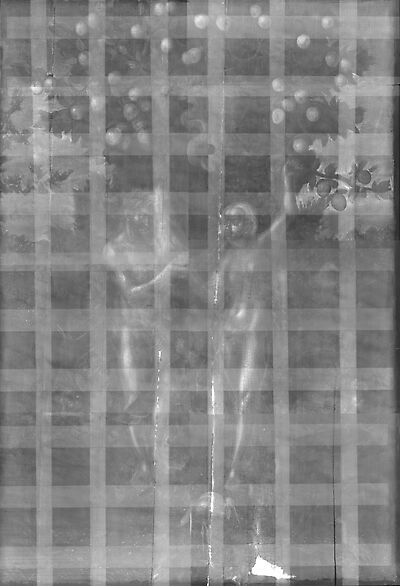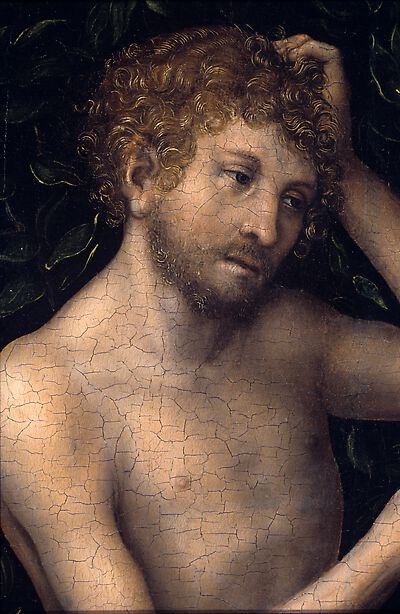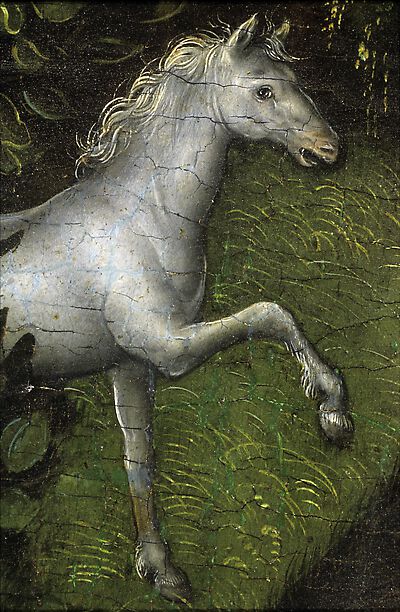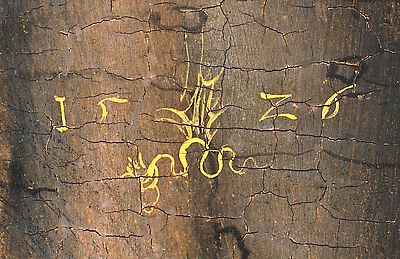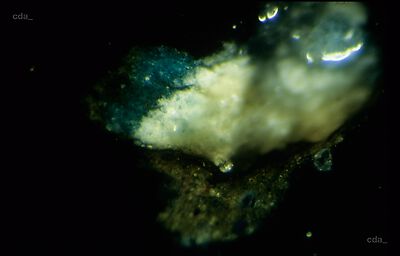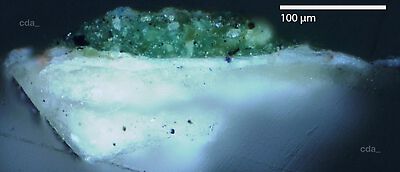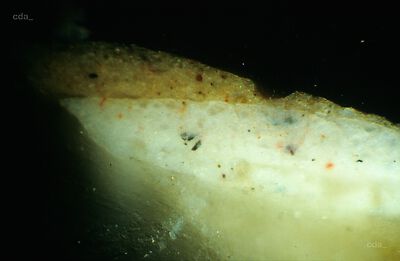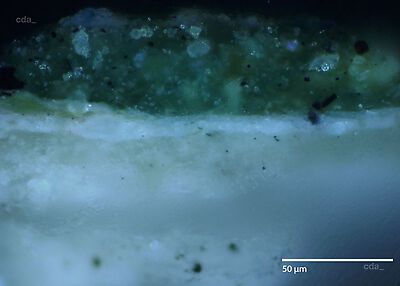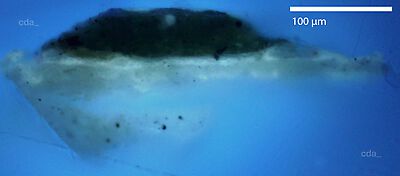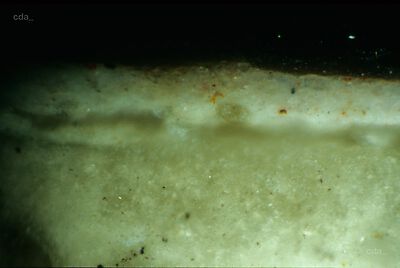| Hermann-Fiore 2010 |
104 |
|
|
| Author | Kristina Hermann-Fiore |
|---|
| Title | Venere e Cupido che ruba il favo die miele. Un grande dipinto di Lucas Cranach in Galleria Borghese; Venus with Cupid the Honey Thief. A Great Painting by Lucas Cranach in the Borghese Gallery |
|---|
| Publication | in Anna Coliva, Bernhard Aikema, eds., Cranach l'altro rinascimento, a different Renaissance, Exhib. Cat. Rome |
|---|
| Place of Publication | Milan |
|---|
| Year of Publication | 2010 |
|---|
| Pages | 98 - 113 |
|---|
|
| Heydenreich 2010 A |
75 |
|
67i |
| Author | Gunnar Heydenreich |
|---|
| Title | Reisende Bilder im Wandel |
|---|
| Publication | in Guido Messling, ed., Die Welt des Lucas Cranach. Ein Künstler im Zeitalter von Dürer, Tizian und Metsys, Exhib. Cat. Brussels |
|---|
| Place of Publication | Brussels |
|---|
| Year of Publication | 2010 |
|---|
| Pages | 66-79 |
|---|
|
| Buck 2007 |
|
|
|
| Author | Stephanie Buck |
|---|
| Title | Framing the image. Lucas Cranach's 'Adam and Eve' and book illustration |
|---|
| Publication | in Caroline Campbell, ed., Temptation in Eden. Lucas Cranach's Adam and Eve, Exhib. Cat. London |
|---|
| Place of Publication | London |
|---|
| Year of Publication | 2007 |
|---|
|
| Evans 2007 |
58, 61 (fn. 104) |
|
|
| Author | Mark Evans |
|---|
| Title | "Die Italiener, sonst so ruhmsüchtig, bieten Dir die Hand": Lucas Cranach und die Kunst des Humanismus |
|---|
| Publication | in Bodo Brinkmann, ed., Cranach der Ältere, Exhib. Cat. Frankfurt |
|---|
| Place of Publication | Ostfildern |
|---|
| Year of Publication | 2007 |
|---|
| Pages | 49-61 |
|---|
|
| Exhib. Cat. Frankfurt 2007 |
366-367 |
119 |
p. 367 |
| Editor | Bodo Brinkmann |
|---|
| Title | Cranach der Ältere, [Frankfurt, Städel Museum, 23 Nov 2007 - 17 Feb 2008] |
|---|
| Place of Publication | Ostfildern |
|---|
| Year of Publication | 2007 |
|---|
|
| Exhib. Cat. London 2007 |
65-79 |
No. 1 |
|
| Editor | Caroline Campbell |
|---|
| Title | Temptation in Eden. Lucas Cranach's Adam and Eve , [London, Courtauld Institute Gallery] |
|---|
| Place of Publication | London |
|---|
| Year of Publication | 2007 |
|---|
|
| Heydenreich 2007 A |
45, 212, 213, 293, 295 |
|
|
|
|
| Heydenreich 2007 C |
28-33 |
|
|
| Author | Gunnar Heydenreich |
|---|
| Title | Adam and Eve in the Making |
|---|
| Publication | in Caroline Campbell, ed., Temptation in Eden. Lucas Cranach's Adam and Eve, London, The Courtauld Institute of Art |
|---|
| Place of Publication | London |
|---|
| Year of Publication | 2007 |
|---|
| Pages | 18 - 33 |
|---|
|
| Koepplin 2007 B |
68, 70 |
|
11 |
| Author | Dieter Koepplin |
|---|
| Title | Cranachs Bilder der Caritas im theologischen und humanistischen Geiste Luthers und Melanchthons |
|---|
| Publication | in Bodo Brinkmann, ed., Cranach der Ältere [Exhib. Cat. Frankfurt] |
|---|
| Place of Publication | Ostfildern |
|---|
| Year of Publication | 2007 |
|---|
| Pages | 63-79 |
|---|
|
| Chamonikola 2005 B |
25 (English version 11) |
|
|
| Author | Kaliopi Chamonikola |
|---|
| Title | Lucas Cranach a ceské zeme/ Lucas Cranach and the Czech Lands |
|---|
| Publication | in Kaliopi Chamonikola, ed., Pod znamením okrídleného hada. Lucas Cranach a ceské zeme, Under the winged Serpent, Lucas Cranach and the Czech Lands, Exhib. Prague 2005 |
|---|
| Place of Publication | Prague |
|---|
| Year of Publication | 2005 |
|---|
| Pages | 13-33 (6-15) |
|---|
|
| Exhib. Cat. Chemnitz 2005 |
216 Fn. 24 |
003 (under) |
|
| Editor | Harald Marx, Karin Kolb, Ingrid Mössinger |
|---|
| Title | Cranach Anlässlich der Ausstellung Cranach vom 13. November 2005 bis 12. März 2006 in den Kunstsammlungen Chemnitz. Eine Ausstellung in Kooperation mit der Gemäldegalerie Alte Meister der Staatlichen Kunstsammlungen Dresden |
|---|
| Place of Publication | Cologne |
|---|
| Year of Publication | 2005 |
|---|
|
| Schoen 2001 |
196, Fn. 76 |
|
|
| Author | Christian Schoen |
|---|
| Title | Albrecht Dürer: Adam und Eva. Die Gemälde, ihre Geschichte und Rezeption bei Lucas Cranach d.Ä. und Hans Baldung Grien |
|---|
| Place of Publication | Berlin |
|---|
| Year of Publication | 2001 |
|---|
|
| Heydenreich 1998 A |
184 |
|
|
| Author | Gunnar Heydenreich |
|---|
| Title | Herstellung, Grundierung und Rahmung der Holzbildträger in den Werkstätten Lucas Cranachs d.Ä. |
|---|
| Publication | in Ingo Sandner, Wartburg-Stiftung Eisenach and Fachhochschule Köln, eds., Unsichtbare Meisterzeichnungen auf dem Malgrund. Cranach und seine Zeitgenossen, Exhib. Cat. Eisenach |
|---|
| Place of Publication | Regensburg |
|---|
| Year of Publication | 1998 |
|---|
| Pages | 181-200 |
|---|
|
| Sox 1995 |
20-21 |
|
Fig. 12 |
| Author | D. Sox |
|---|
| Title | 'Harold Woodbury Parsons, "Marchand amateur"' |
|---|
| Journal | Apollo |
|---|
| Issue | 141 |
|---|
| Year of Publication | 1995 |
|---|
| Pages | 19-24 |
|---|
|
| Cat. Toronto 1985 |
365 |
|
|
| Editor | S. D. Campbell |
|---|
| Title | The Malcove Collection. A Catalogue of the Objects in the Lillian Malcove Collection of the University of Toronto |
|---|
| Place of Publication | Toronto, Buffalo, London |
|---|
| Year of Publication | 1985 |
|---|
|
| Friedländer, Rosenberg 1979 |
|
191 |
|
| Author | Max J. Friedländer, Jakob Rosenberg |
|---|
| Editor | G. Schwartz |
|---|
| Title | Die Gemälde von Lucas Cranach |
|---|
| Place of Publication | Basel, Boston, Stuttgart |
|---|
| Year of Publication | 1979 |
|---|
|
| Clark 1977 |
71 |
|
Fig. 71 |
| Author | Kenneth Clark |
|---|
| Title | Animals and Men |
|---|
| Place of Publication | London |
|---|
| Year of Publication | 1977 |
|---|
|
| Exhib. Cat. Basel 1974/1976 |
500, 548 |
409 (u.) |
|
|
|
| Ruhmer 1963 |
84 |
|
pl. 22 |
| Author | Eberhard Ruhmer |
|---|
| Title | Cranach |
|---|
| Place of Publication | Cologne |
|---|
| Year of Publication | 1963 |
|---|
|
